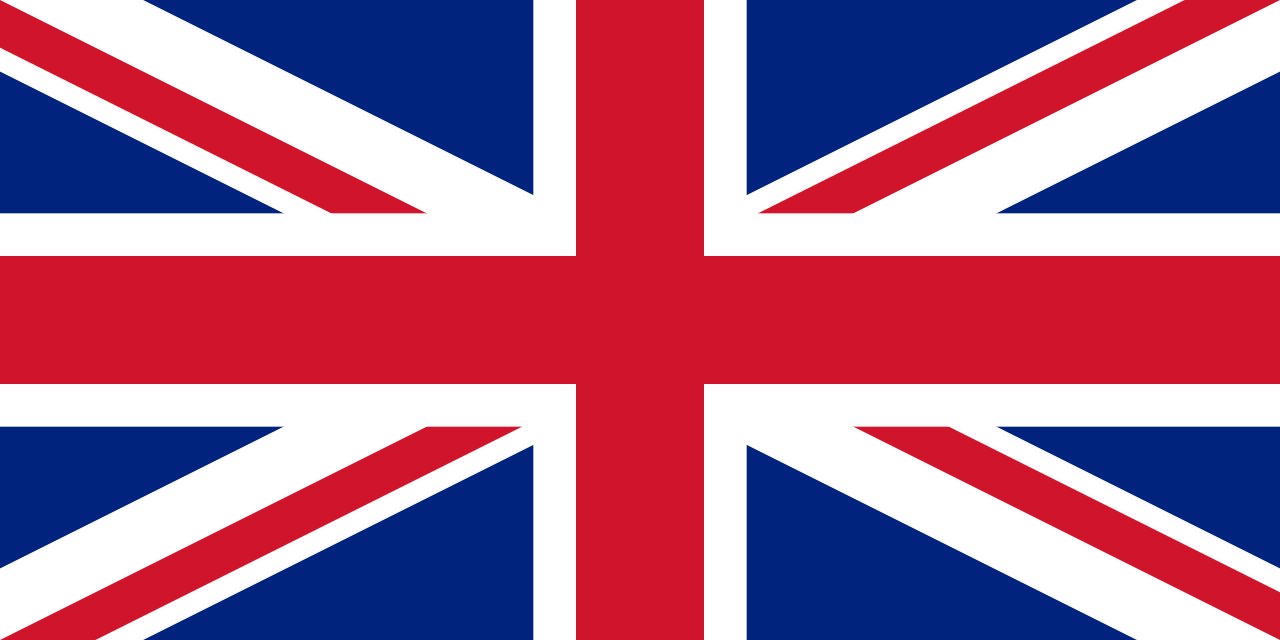The context
For the signing of the armistice, Hitler had the Armistice Carriage taken out of the building and placed on the same spot occupied by Marshal Ferdinand Foch on 11 November 1918. It was there that the conditions were officially presented, subsequently examined and proclaimed within a tent set up near the Foch statue
The armistice established the German occupation of France, with the country cut in two by a demarcation line: the Germans would occupy the north, while the free south would remain under French governance. France’s colonial empire and its navy remained intact. This was one of the orders issued by General Weygand, then French Minister of Defence.
On 22 June, the final conditions were noisily and splendidly proclaimed (with a great crowd, music, cinema), in stark contrast to the restrained dignity that had been shown by the French delegation on 11 November 1918.
The clauses
The 1940 Armistice agreement comprised 24 articles, notably: :
n°1 : The French army must immediately lay down its arms
n°2 : The German occupation of a large portion of France.
n°4 : The demobilization of the French army.
n°6 : The heavy armaments of the free French zone are to be delivered in good condition to the Germans.
n°8 : The French navy is to be demobilized and disarmed.
n°11: Commercial boats must remain in port.
n°12: All planes are grounded.
n°19: Designated German nationals must be handed over to Germany.
n°20: French prisoners of war are to remain in Germany.
n°24: The armistice agreement remains valid until the signing of a peace treaty

